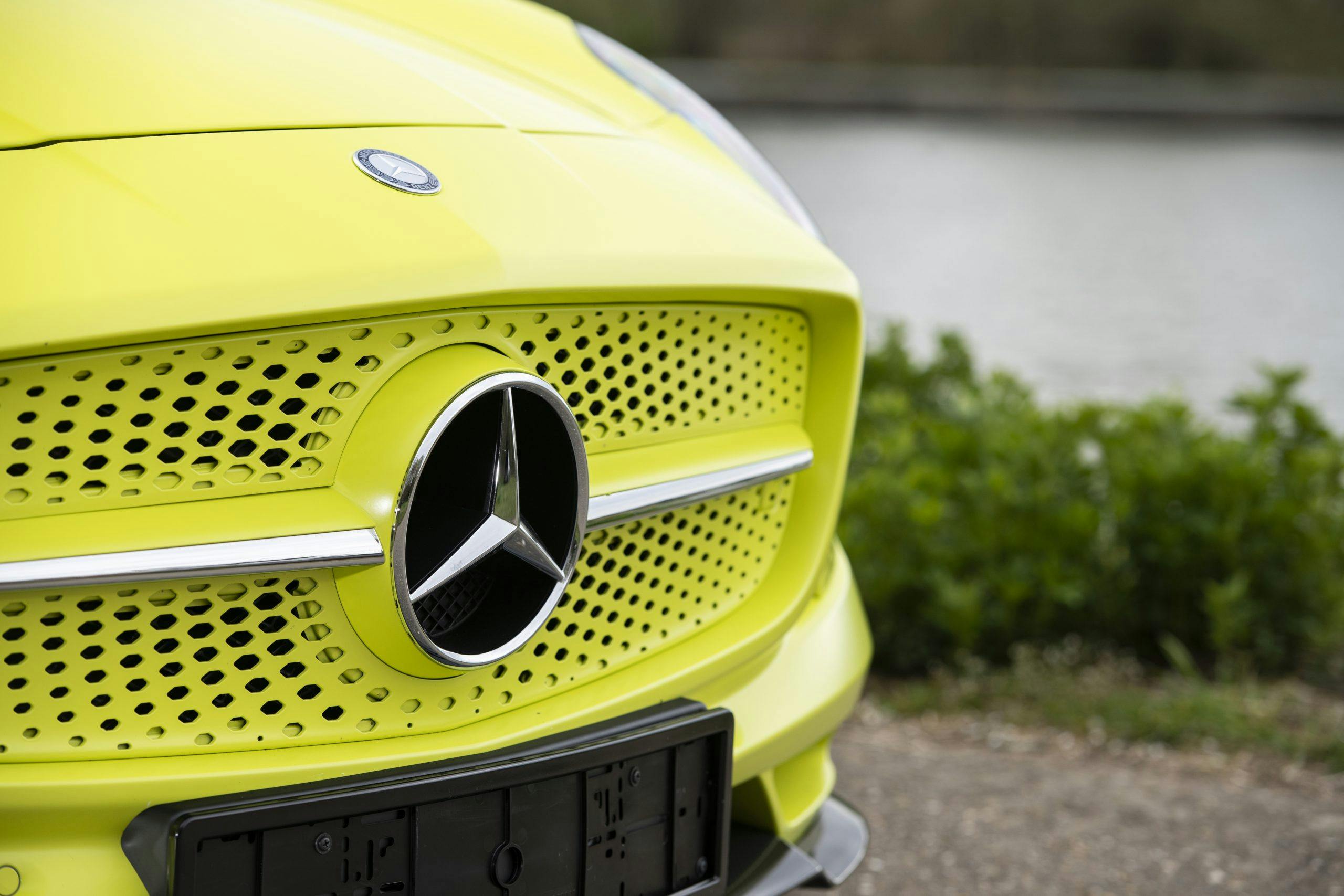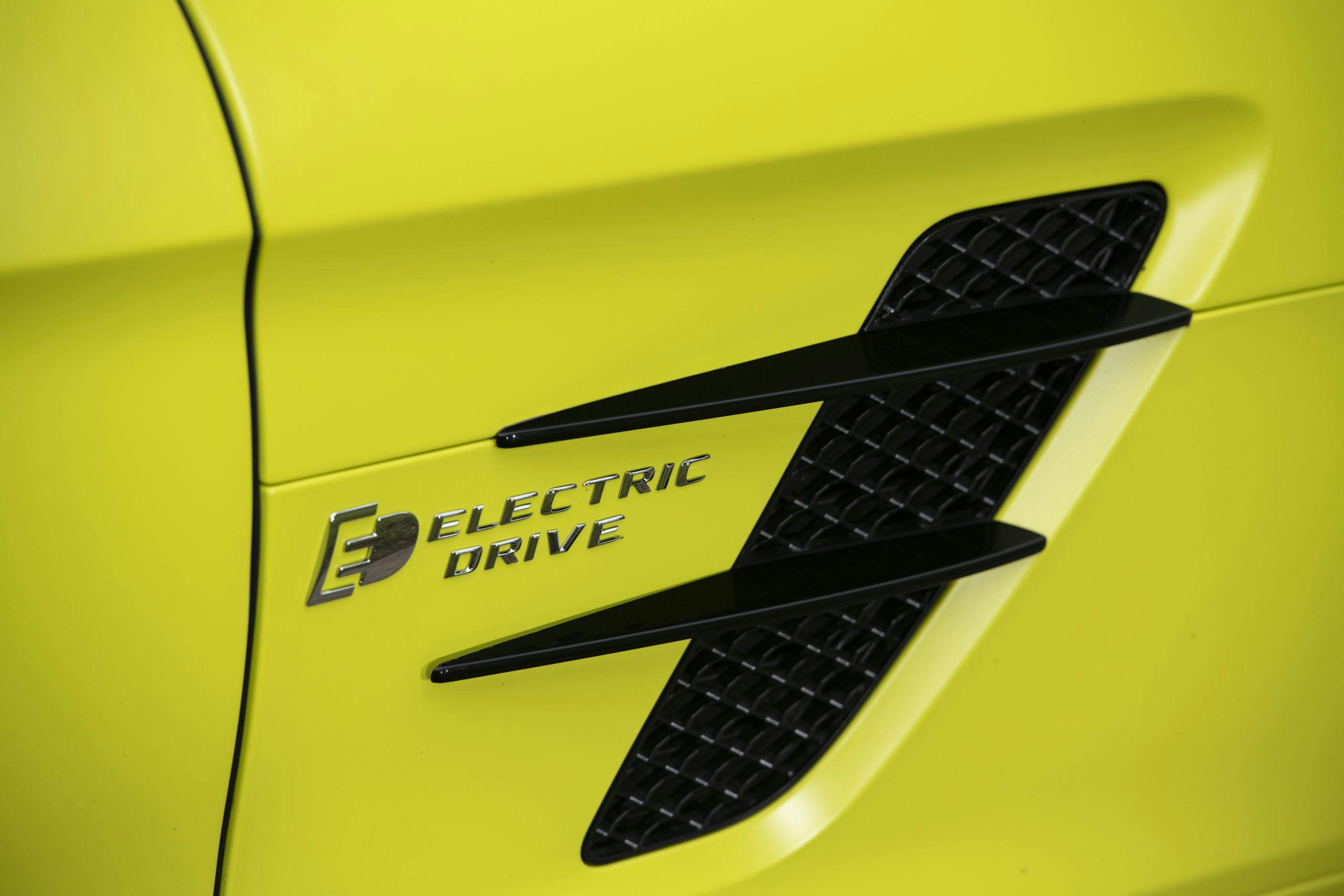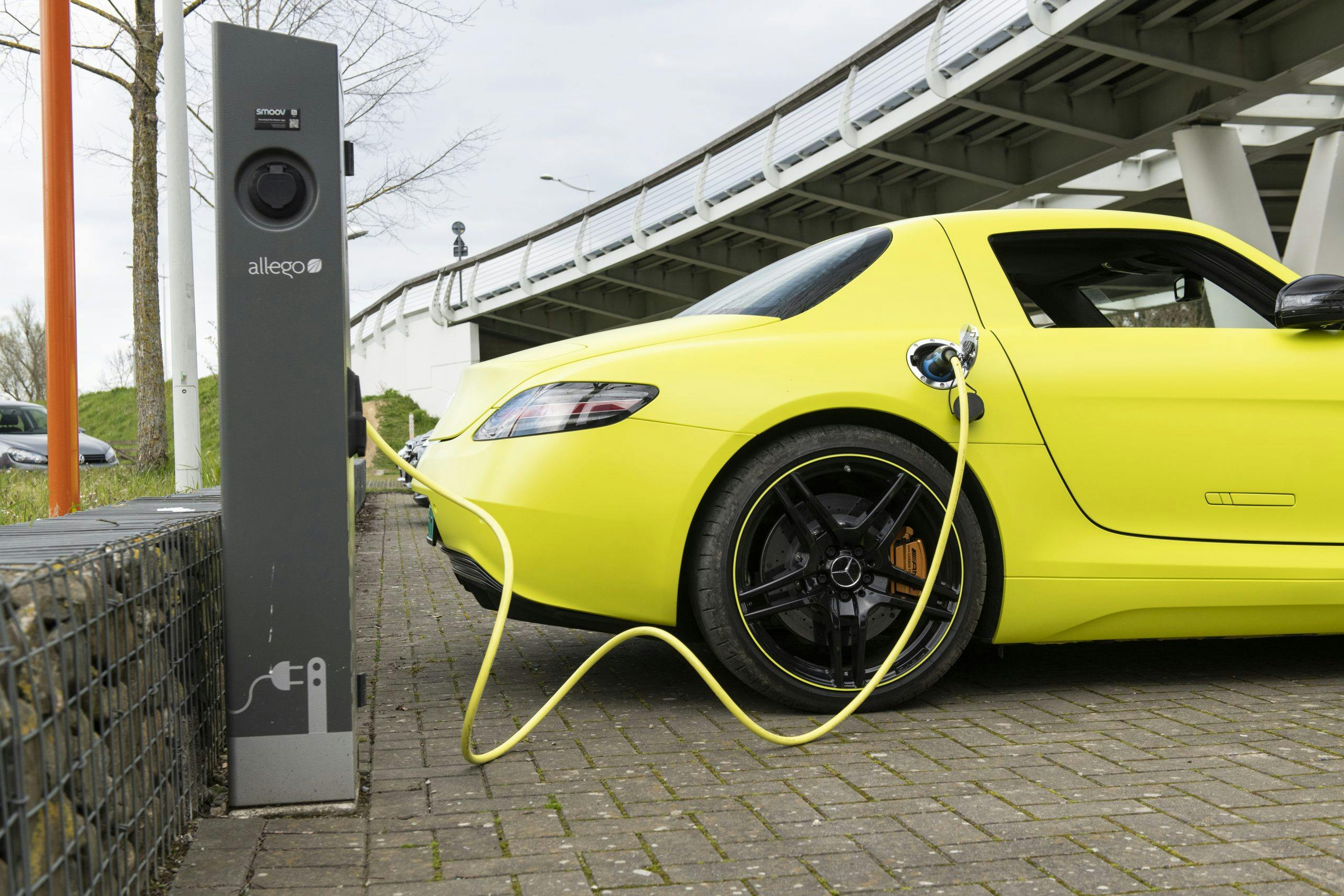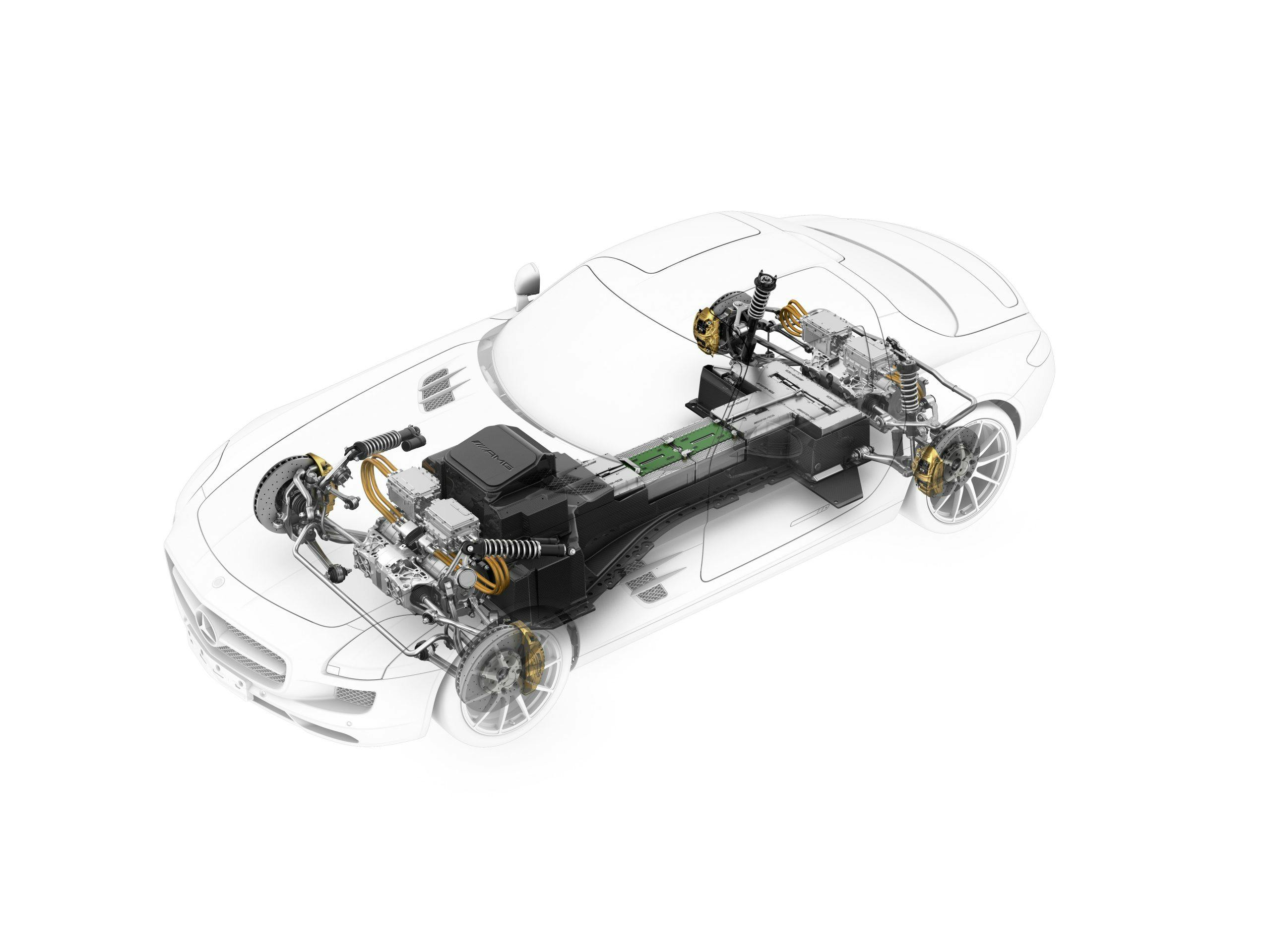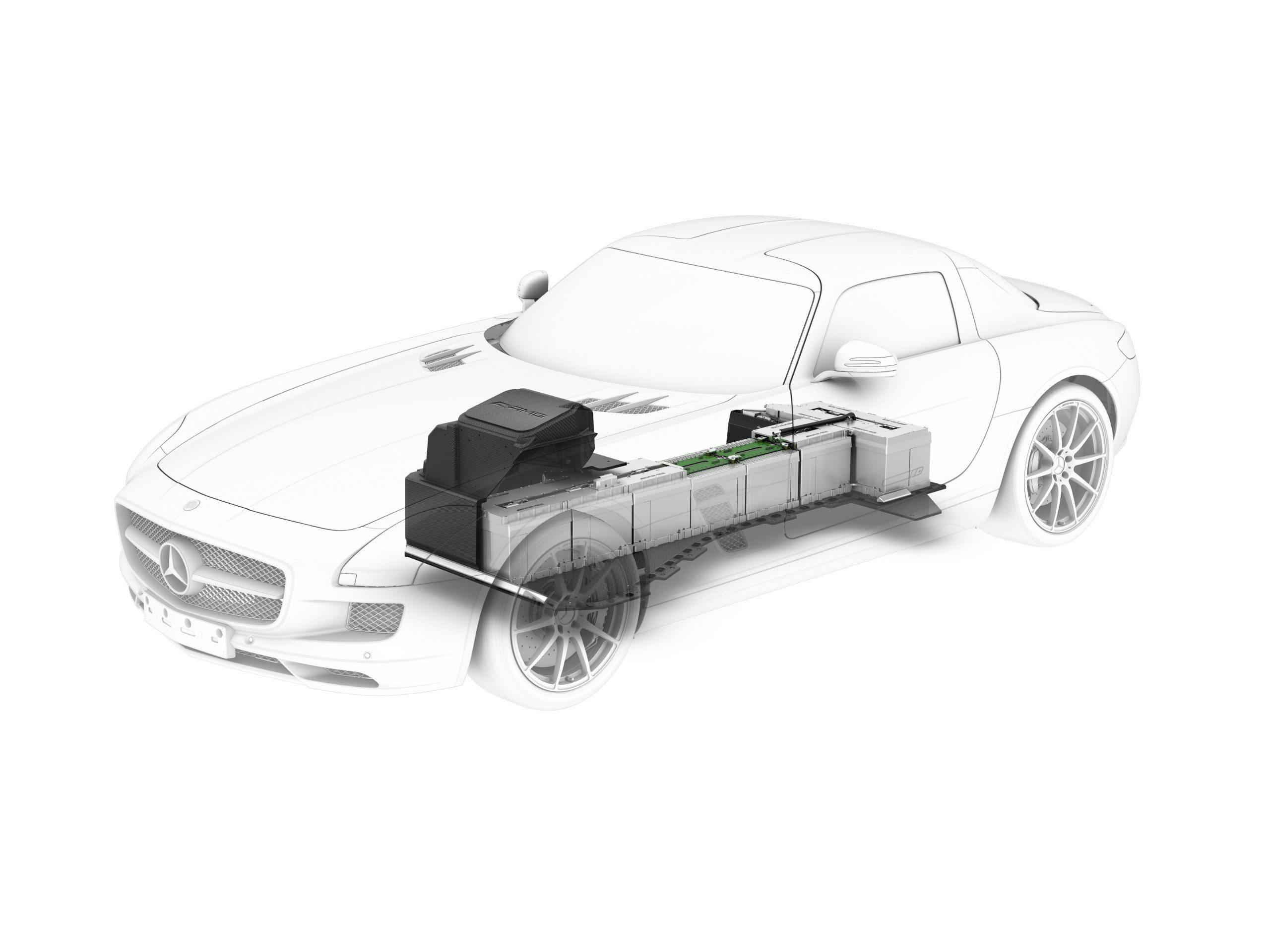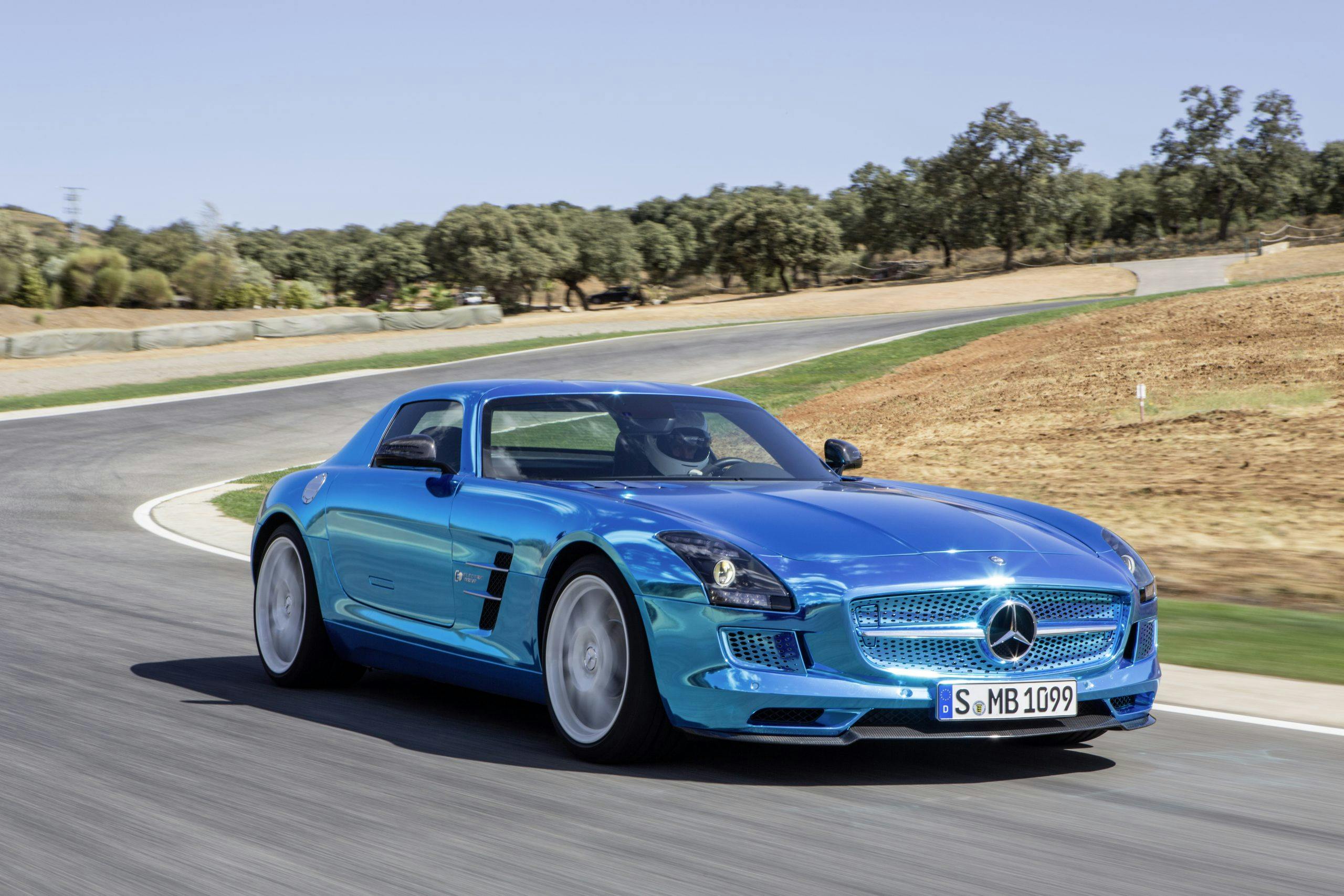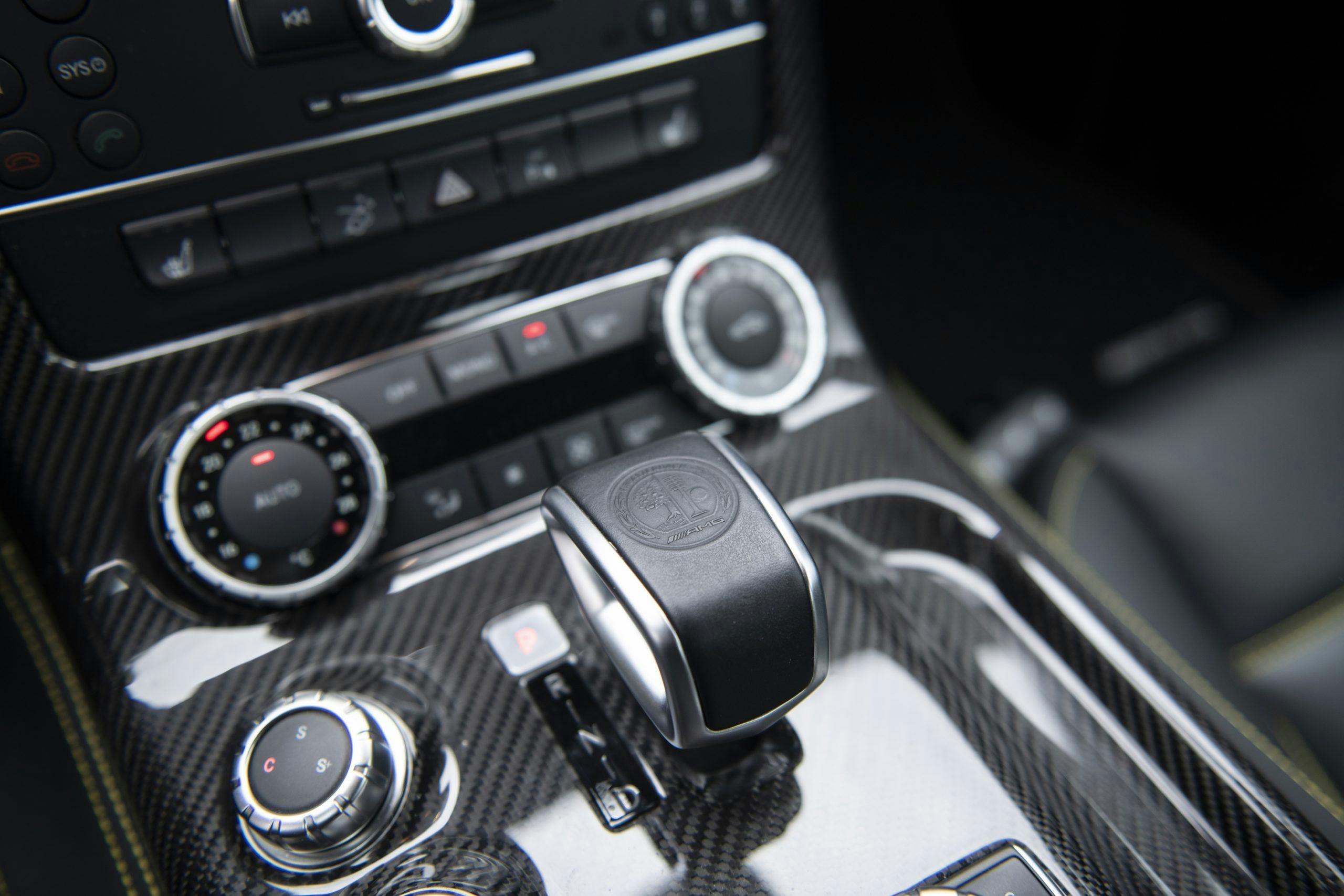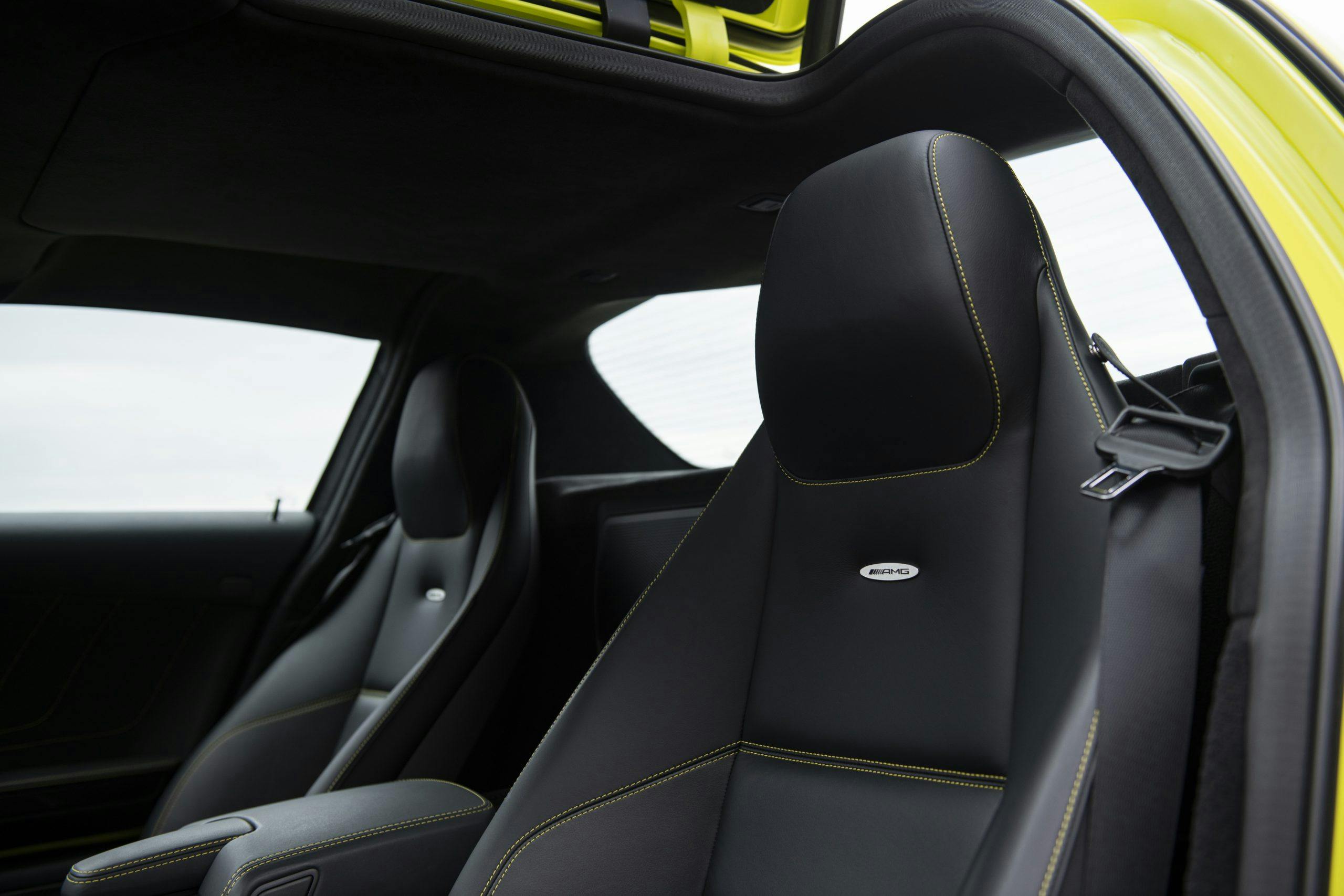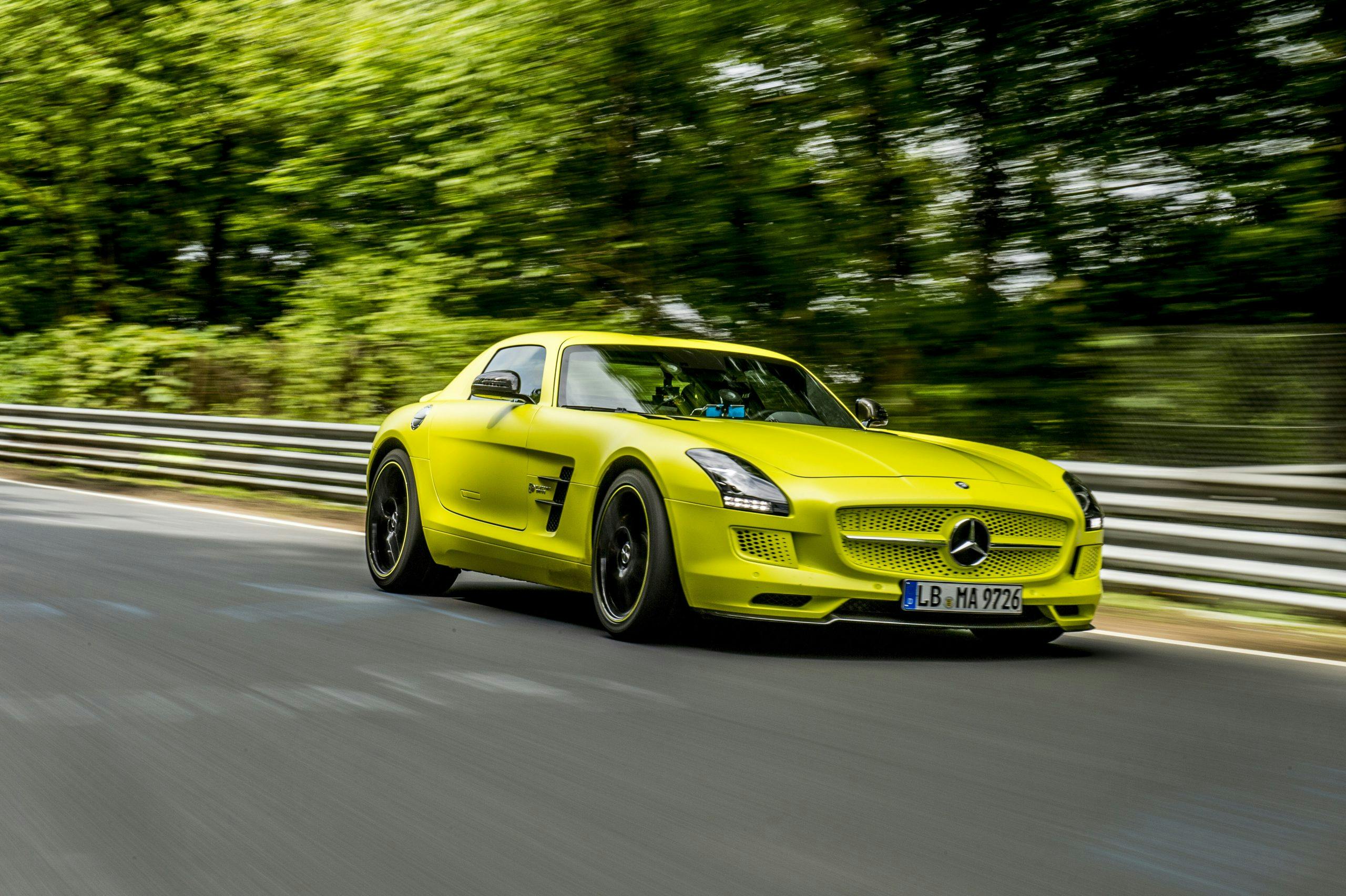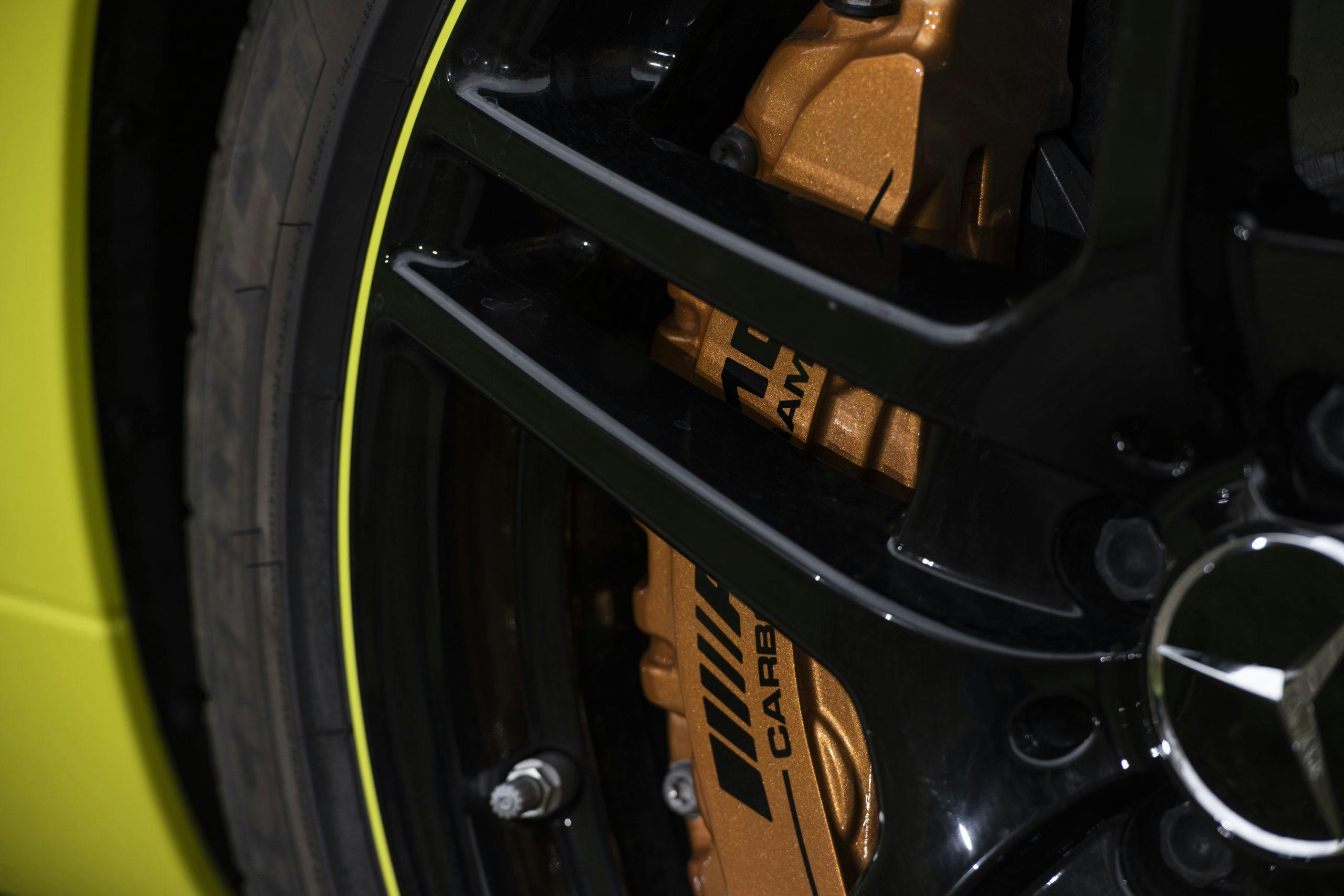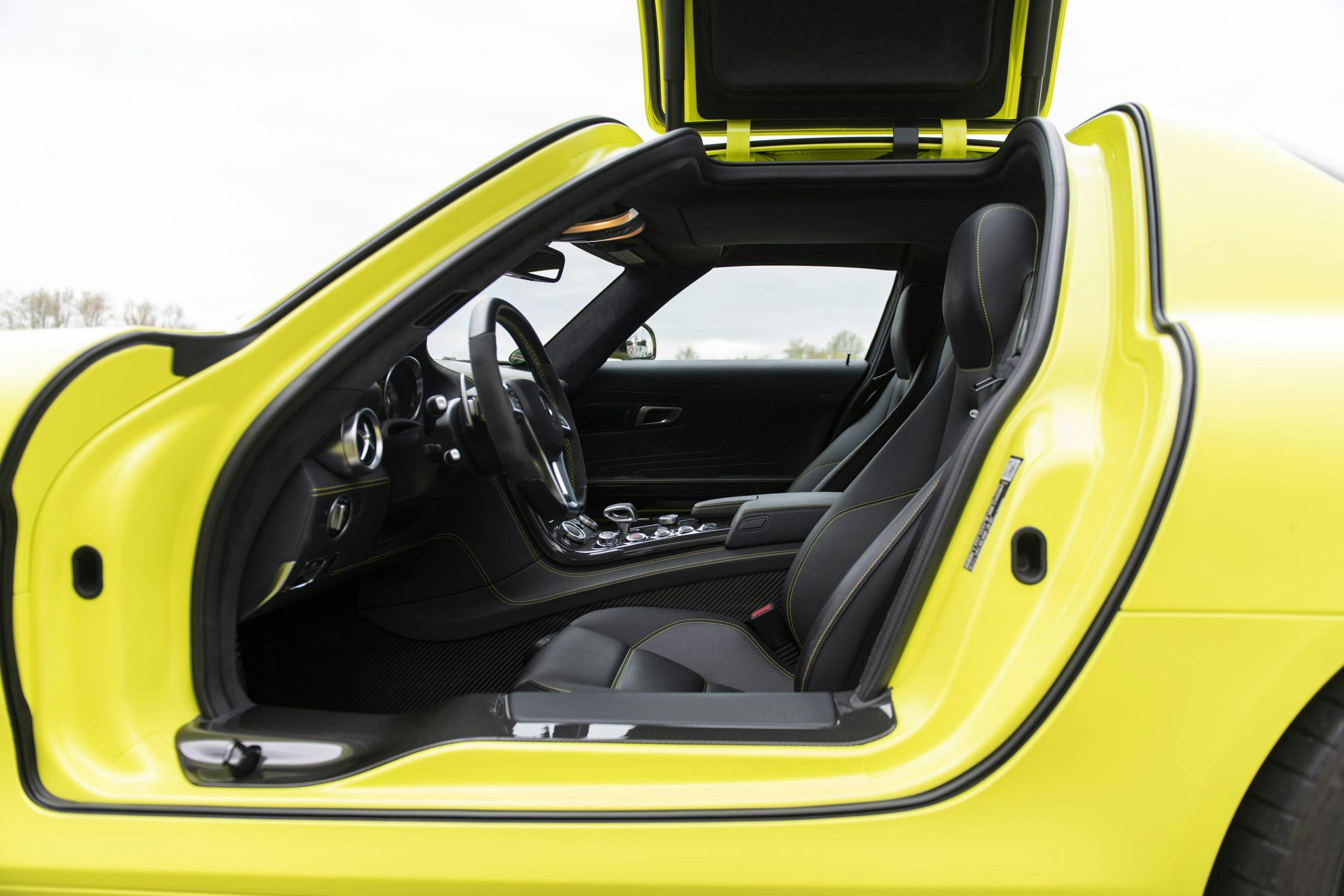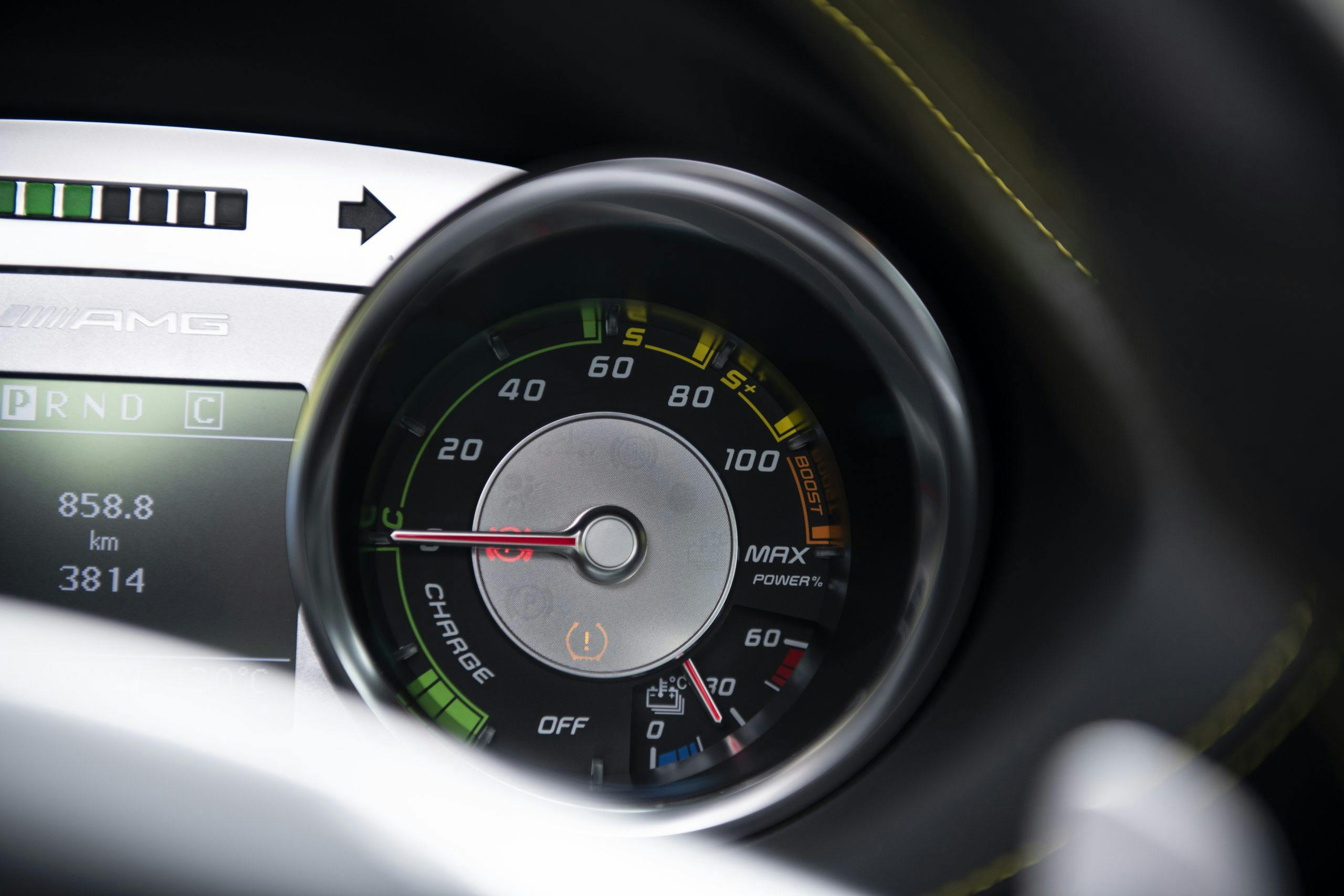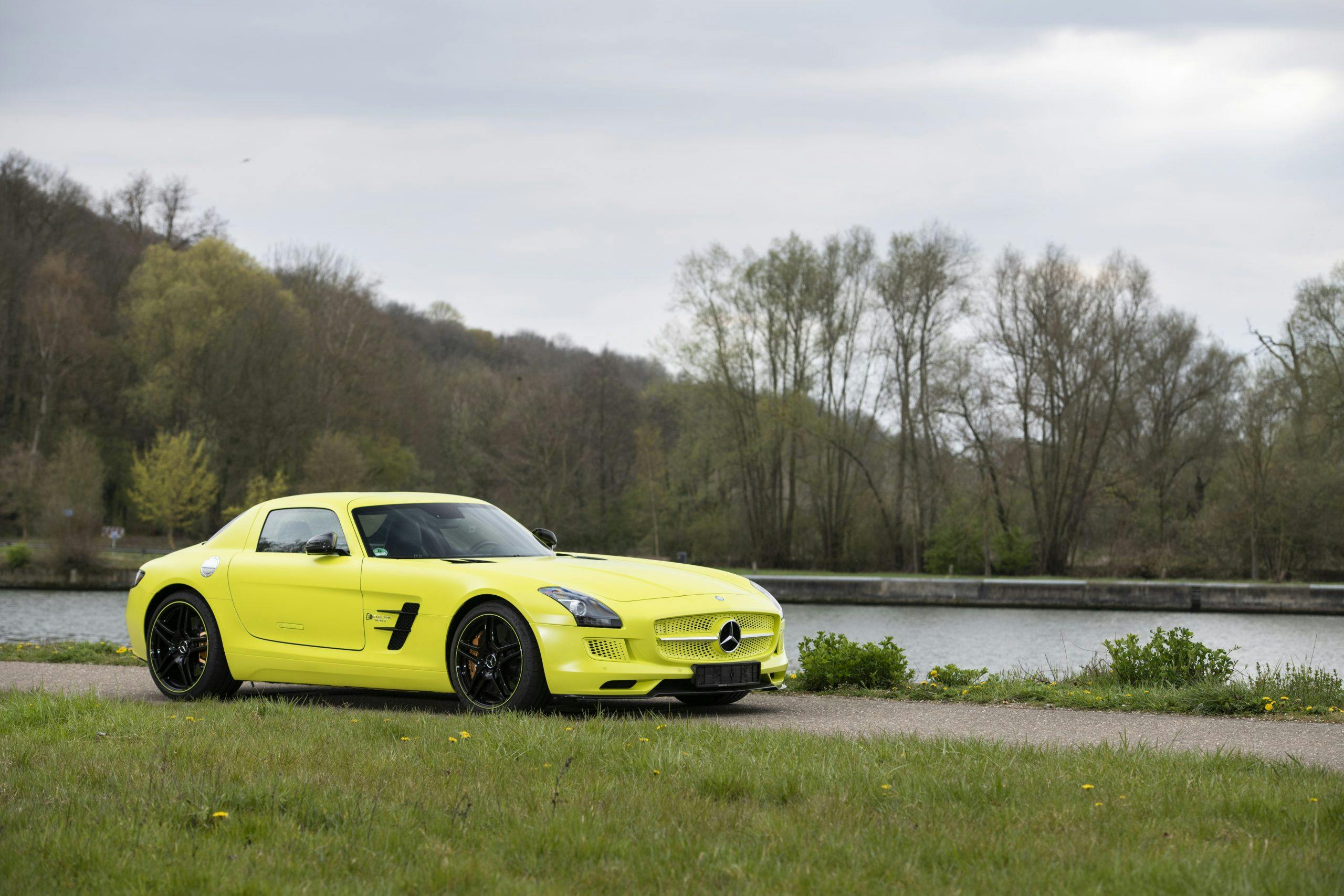The 2014 SLS AMG Electric Drive was a battery-powered supercar ahead of its time
Ten years after the Model S’s production-spec debut in 2011, Tesla has achieved a kind of mainstream EV cult status. The handsome liftback kicked off an electric revolution that reshaped the automotive landscape, but, had you been at the 2012 Paris Auto Show, you might not have picked Silicon Valley’s offering as the most likely candidate to turn the industry on its head. The shouty, blue-chrome gullwing coupe from Mercedes, whose EV powertrain drew on technology developed by a closely affiliated, championship-winning F1 team, would have been a convincingly futuristic prospect.
Despite its auspicious beginnings, the 2014 Mercedes-Benz SLS AMG Electric Drive has hummed along in our memory as a brilliant but hardly earth-shattering engineering exercise. With AMG set to make electrification a core component in its performance offerings, could the SLS Electric Drive’s significance soon become more apparent? This fluorescent yellow example, up for sale via RM Sotheby’s, got us thinking.
Mercedes-Benz built nine examples of the forward-looking SLS AMG Electric Drive. Though it was always intended for limited production—Mercedes had planned for 100 or so units—the all-electric supercar did not prove hugely lucrative for Mercedes when new. Today it bears the hallmarks of a coveted collectible: ahead-of-its-time technology, low production volume, the SLS AMG’s same gorgeous shape, and an important chapter in the story of performance EVs. This particular example, chassis #WMX1978901A010229, is now listed for sale with an asking price of 1.05M euros (roughly $1.3M USD as of this writing).
The Electric Drive is based on Affalterbach’s first all-AMG production car: the SLS AMG that debuted in 2009 and was produced from 2010–15. The coupe, a follow-up to the riotous SLR McLaren, drew clear inspiration from the 300 SL and its gullwing doors. The powertrain was pure AMG: a dry-sump 6.2-liter V-8 making 563 hp and 479 lb-ft of torque, all sent to the rear wheels. However, even as it concocted a rip-snorting, gas-swilling gran turismo, AMG put out the word to its U.K.-based colleagues that it wanted to collaborate on a pure-electric powertrain. The Brit outfit in Brixworth wasn’t any old machine shop: Mercedes AMG High Performance Powertrains supplied V-8 engines and KERS systems to Mercedes’ AMG Petronas factory F1 team, as well as other AMG-sponsored programs.

Less than a year after the V-8 coupe debuted, in July of 2010, Mercedes and AMG announced the first SLS-based EV prototype, a gullwing coupe called the E-Cell and painted with retina-searing yellow finish. Its aluminum body packed a liquid-cooled, 400V battery composed of 324 lithium-ion cells housed in a carbon-fiber-composite tunnel. The 48-kWh battery fed power to four electric motors, one per wheel, which combined for a maximum output of 526 hp. Torque was a hefty 649 lb-ft.
The new powertrain opened up other opportunities, as well. Two transmissions, one per axle, allowed an all-wheel-drive setup with a highly flexible torque-distribution system. The four motors eliminated the need for additional driveshafts, freeing AMG’s engineers to replace the double-wishbone front axle with an independent multilink setup with horizontal damper struts.
All was quiet for a few years. Then, at Paris in 2012, Mercedes unveiled the production version, flaunting a blue chrome skin, a different name (SLS AMG Electric Drive), and a powertrain even more impressive than the prototype’s. The 1208-pound battery’s capacity was increased from 48 to 60 kWh, thanks in part to 864, rather than 324 cells. Each permanent-magnet synchronous electric motor could spin faster: 13,000 rpm, vs. 12,000. Total output rose to 552 kW and 1000 Nm of torque (740 hp and 737 lb-ft).
However, a 120-mile range meant that the Electric Drive, while exotic, had limited practical use. Even as a track-day toy, it would likely last only a single-session before needing a recharge. The battery-electric SLS was nonetheless a brilliant performer. Car and Driver was full of praise for its variable-mode torque-vectoring system—”Accelerating and braking each motor independently of the others turns this 4700-pound brute into a ballerina”—and wrote that the system “redefines the expression ‘steering with the throttle’… this is the kind of electric car we can easily get behind.”
AMG wasted little time in releasing its EV beast on the Nürburgring and polishing its performance halo. In June of 2013, an SLS AMG Coupe Electric Drive lapped the Nordschleife in 7:56.234 minutes.

Unfortunately, the only thing more outlandish than the car itself was its price tag: in U.S. currency, over half a million. Perhaps it was the limited range, the trouble of installing a 220V charger to juice the thing, or the simple fact that the SLS AMG Black Series, with a V-8 tuned to 622 hp, cost half as much and was less alien. AMG’s battery-powered passion project faded into obscurity.
The SLS Electric Drive may not have taken the world by storm in 2014, but AMG’s embracing of hybrid powertrains for its E Performance lineup may crown the Electric Drive as the godfather of a new breed of AMG. The Model S may have convinced people that electric vehicles could be every-day usable, but the short-lived SLS Electric Drive proclaimed that EVs could be dramatic and dynamically rewarding. In a similar spirit, AMG is determined to harness these silent ponies in the service of speed, and not only efficient. With improvements in battery capacity and motor technology, we expect upcoming AMG products to strike the balance the Electric Drive could not between usability, performance, and (relative) affordability.
The $1.3M price tag on this SLS AMG Electric Drive suggests that the unabashedly avant-garde performance EV may be stepping into a different role in the automotive consciousness—one that places it within a developing lineage of performance EVs. It may not have succeeded at the first try, but this wild BEV proves that Mercedes was willing to bet big and bet early on electric performance. As electrified AMGs from the upcoming C-Class to the wild Project One arrive, alongside dedicated EVs like the EQS, we’ll see soon how that investment pays off.

